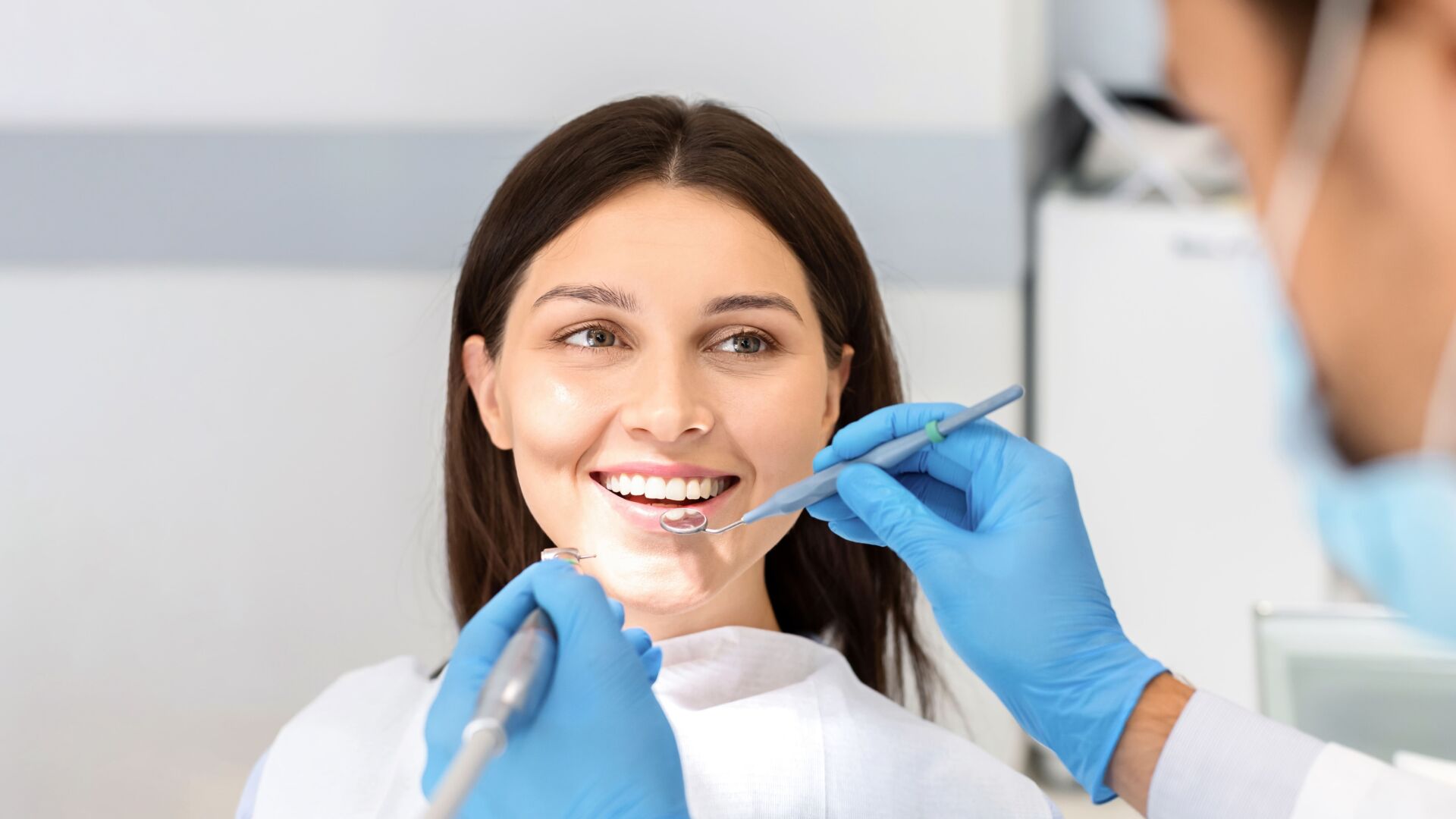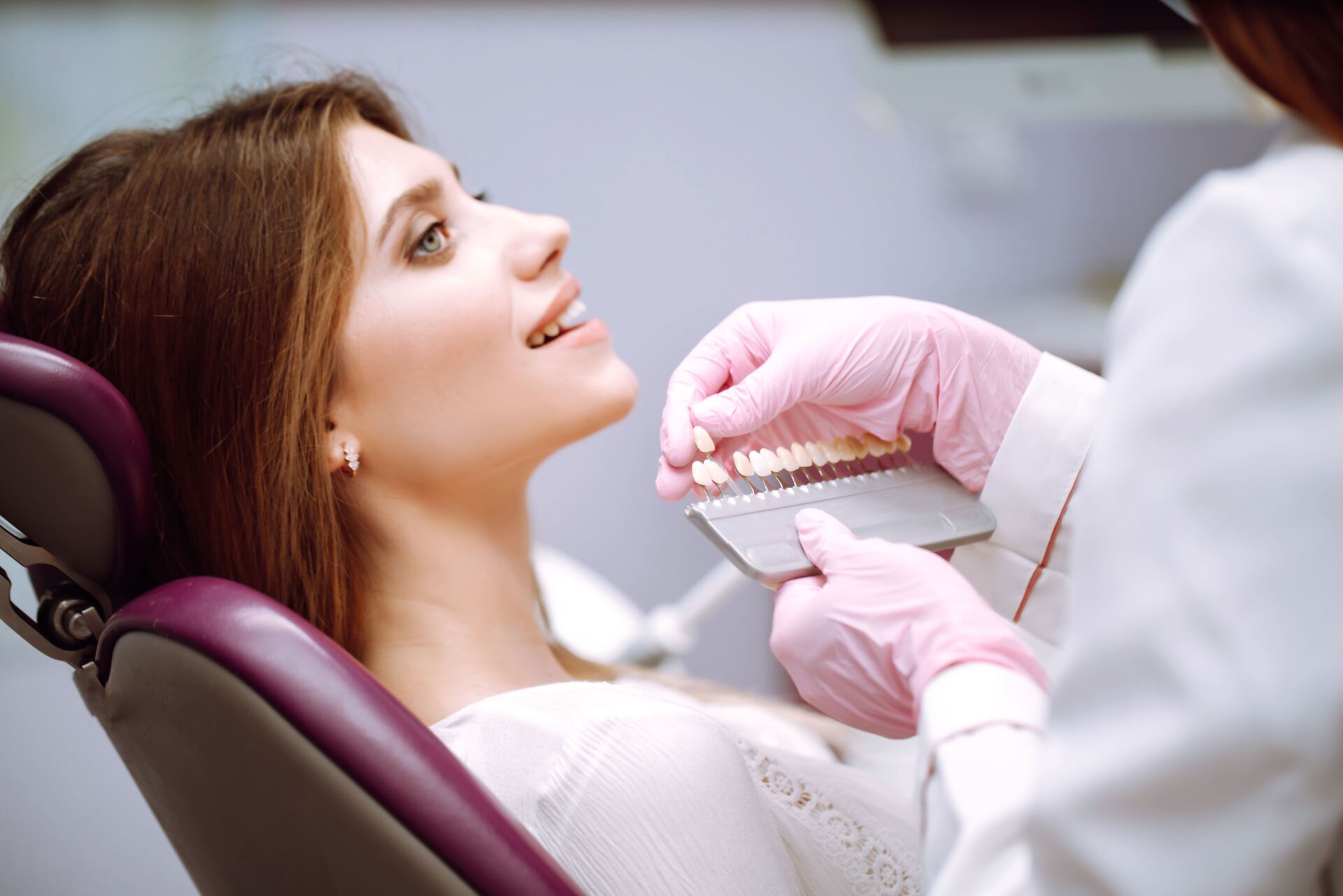Imagine if there were a single device that would let you tighten and tone your face muscles, create a chiseled jawline, and maybe even eliminate or reduce signs of temporomandibular joint disorder and sleep apnea. Well, if you believe the hype for the Jawzrsize device, you may have just found it.
The device was created by Jawzrsize CEO Brandon Harris. A former mixed martial arts expert and cage fighter, Harris designed the Jawzrsize after a motorcycle accident left him with a wired jaw – something that in his former line of work wasn’t easy to ignore.
So Harris set out to design a device that would strengthen his jaw, not just for his recovery, but also for his fighting career, and thus was born the Jawzrsize. The device itself looks like a giant rubber bead, almost like a dog toy. The user customizes the fit to his or her mouth by boiling then biting the Jawzrsize, and then it’s ready for use. According to the website, the Jawzrsize strengthens and tones 57 different facial muscles as the user bites on the device’s bite strips. It also claims to reduce food cravings, increase metabolism, reduce double chins, and improve sleep apnea, bruxism (grinding of the teeth) and even temporomandibular joint disorder (TMD) symptoms. But can all this good press be true?
Dr. Alexandra George is a dentist who specializes in the treatment of TMDs in her Wexford, Pennsylvania, office. She says patients with TMD should use devices like the Jawzrsize with caution.
“If you read the fine print on the product website, it says that customers are using the product at their own risk and it has not been medically tested – nor are the manufacturers making any medical claims,” she says. “And therein lies the problem.”
That’s because, according to George, not only is the product not medically tested, but it also has no FDA approval, so despite the website’s claims, the manufacturer has no idea what the product really does long-term.
“The big issue with claiming something improves TMD without research to back it up is that you can end up doing more harm than good,” says George. “You can make the TMD worse, you can create bite problems where there weren’t any to begin with – and that can cause a lot more pain and suffering.”
While the website shows a host of colorful before-and-after shots with smiling users who do appear to have a more streamlined jaw, George says patients with medical issues like TMDs or sleep apnea should at a very minimum bring the device to their dentist before using it.
“Have a neuromuscular dentist examine it first, just to be safe,” she says. “But honestly, when someone has a TMD, we generally tell them to avoid putting that kind of pressure on their temporomandibular joint by sticking to soft foods and avoiding gum. Anything that puts pressure on your jaw can make your symptoms worse.”
And then there’s that other part: your bite.
“This device won’t do anything to align your bite,” says George. “And aligning your bite is the best way to treat a TMD.”



